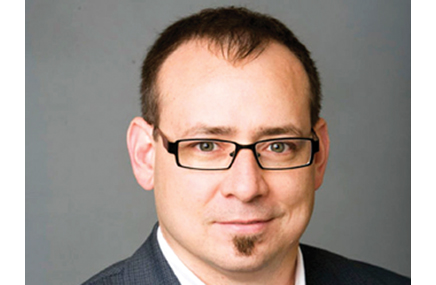Marketers have more opportunities than ever to engage patients and physicians. The number of patients accessing health-related information online is at an all time high. Mobile healthcare app downloads are predicted to top 44 million this year, and patients increasingly turn to social media platforms for peer advice and support. On the physician side, tech adoption continues via mobile platforms and integrated EHR solutions. Pharma marketers have done a respectable job of reaching these distinct audiences. The next step is to fully leverage the power of digital and social to maximize the most important dynamic of all—the doctor/patient relationship.
As a digital marketing and communications professional who spends equal time in the consumer and healthcare spaces, I’m always looking for transferable insights.
The “purchase path” of Awareness, Seek, Find, Transact and Recommend is a well-accepted marketing concept. Digital and social media have shortened the time needed to navigate this path, letting many activities happen in parallel (social search and Google +1 recs, for example) or in rapid sequence. Digital platforms also let brands cultivate a more persistent relationship with customers across the continuum (be it via social CRM or online communities). But what about the role of the physician as primary “customer” and the patient as end-user? Pharma historically has marketed along two tracks—1. Driving physicians to prescribe a treatment, and 2. Urging patients to request a treatment. Hence, the real opportunity for pharma is to challenge this model with digital and social media—providing platforms that extend the doctor/patient relationship and value of the dialogue, before, and after, the script is written.
Imagine instead a relationship that begins in an online community after the patient finds credible information from HCPs and pharma companies. This leads to an office consult where the patient, empowered with a smartphone and information found prior to the visit, sits alongside the doctor, accessing shared digital resources about wellness, prevention or disease management. In addition to the prescription, patients (or caregivers) get a mobile app that facilitates care, monitoring and adherence. The app reminds them of critical lifestyle considerations, such as exercise during detected periods of inactivity, and provides geo-targeted restaurant recommendations tailored to a healthy diet. This “digital care kit” could include a referral to online support groups where patients could track and share their care, and physicians would post answers to questions. Nurses would be alerted to patients who are lapsing, and could schedule an online consultation between office visits. The possibilities for brands to facilitate this type of engagement are limitless.
So what could make this happen?
Digital resources prescribed as part of care regimens. To achieve this, pharma must develop and curate reliable, objective information online. But this information must be geared toward optimizing the patient/HCP relationship. Physicians must contribute to digital resources and participate in online conversations with the goal of starting dialogue before consultation, and maintaining it through the treatment cycle.
Brands that focus on merging online and in-office experiences will become the most relevant and valuable to both the physician and patient audiences alike.
From the February 01, 2012 Issue of MM+M - Medical Marketing and Media








